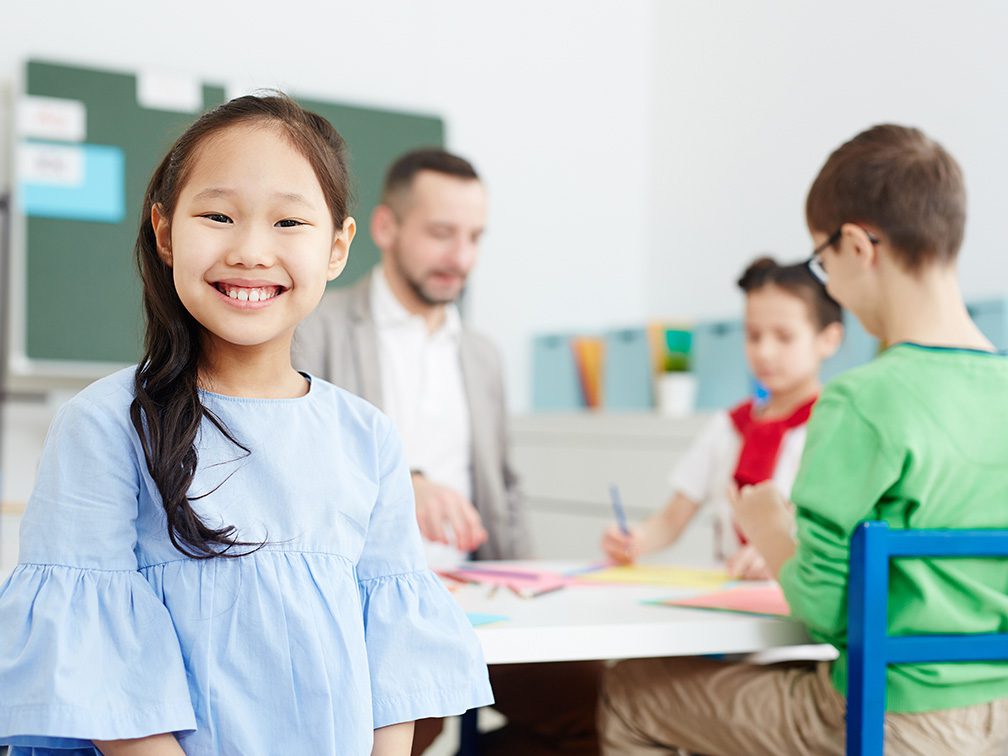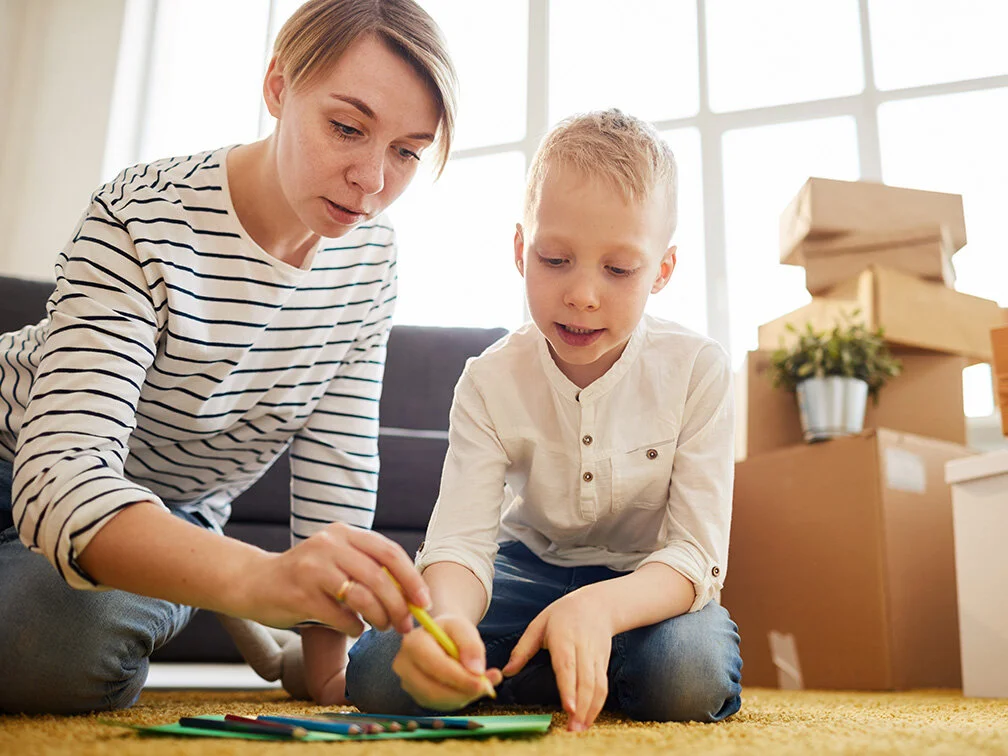ABA in School

Now that January has come to an end, for many families, this will mean the first day of kindergarten! What does this mean for children who have started their ABA journey with an intensive individualised ABA program?
Presently, there is a large misconception that ABA therapy must be delivered in a one-to-one model, however in reality the principles of ABA can be used to support children across a variety of settings and environments, including ABA in school.
The transition from a one-to-one learning environment into a classroom environment can seem daunting at first but with enough thought and planning ahead of time, your ABA team can help support your child to successfully transition into a school setting, and away from needing one-to-one support. Here are some strategies to help start the year of with success:
Individualised Education Plans
At the start of each term, your child’s classroom teacher may reach out to you to organise a meeting to create an individualised education plan. This is a plan that outlines individual goals for your child for that term, and how to achieve them. Previous research has found that family involvement plays a critical role in the development of any comprehensive education plan. As such, this plan will take into consideration your preferences as a family, as well as incorporate your child’s strengths and special interests when determining which strategies are most appropriate in supporting your child meet their goals.
Individualised Goals
The overarching goal to any ABA program is for your child to achieve a greater quality of life without one-on-one support. For some children, this may mean additional goals that will be taught in conjunction with the school curriculum. For children who need support to communicate their needs, this might look like the introduction of an alternate communication method. For children who need help making friends, this may look like shadow support to facilitate social interaction. Individualised goals identified for your child can stretch across multiple developmental domains, including communication, behavior and toleration skills, receptive language, expressive language, social skills, self-help skills, or school readiness skills.
Effective Teaching Strategies
When developing an individualised education plan, one important consideration is how your child learns best to increase the effectiveness of teaching. Do they find it easier to learn through pictures? Or do they learn better when being shown how to do it? Sometimes, it can be tricky to have all the answers. It can be helpful to establish a collaborative approach to plan development with your child’s therapy team. This will allow for the opportunity to collaborate between family, school, and therapy to develop the most appropriate goals, teaching strategies, and behaviour management.
Environmental supports
Another component to supporting your child in achieving a smooth transition, is the use of environmental supports to ensure your child’s success. Environmental supports are there to help your child understand the expectations of a classroom while they are learning (e.g., the school routine, classroom rules, etc.). Once you have established collaboration between your child’s therapy team and the school, discuss with your child’s team what has worked in the past to help your child learn. These strategies may look like: specific learning areas (e.g., group time mat), visual schedules (e.g., classroom routine), communication supports (e.g., communication cards), etc. Environmental supports will work to help your child feel safe and heard in a new environment.
A functional approach to behaviours of concern
For many children, behaviours of concern present as a unique challenge in school settings. When addressing behaviours of concern, children must learn the appropriate replacement skills, to successfully replace and reduce the behaviours of concern. For example: a child who screams to avoid doing work, will be taught to say “not yet” instead of screaming. A functional approach to behaviours of concern is an effective way to address behaviours of concern and has been an ongoing feature in your child’s ABA program. Through collaboration between your child’s school, and your child’s Behavior Support Specialist, these features also be incorporated in the classroom environment, to support your child’s success.
But how do we know whether our strategies are working? The answer is data. Your ABA team will keep ongoing data on the effectiveness of their strategies on skill building and behaviour management and will use this data to determine whether something needs to be changed. As your child becomes more independent, your ABA team will discuss a plan to start fading the amount of support they are providing in the school setting.
We hope that some of these tips and strategies for ABA in school will help your child’s transition into the next chapter of their lives!
Published On : February 1, 2023
Read more
Published On : March 24, 2023
River, one of our clinicians in Brisbane shares their story of how they planned and prepared and worked with their child to go out and be successful in the world, and how this experience informs their practice at Lizard.
Published On : March 24, 2023
Today’s blog post will focus on using ABA therapy to teach new skills, which quite often is why families will come to the Lizard Centre in the first place. They want to understand how to help their child learn.


